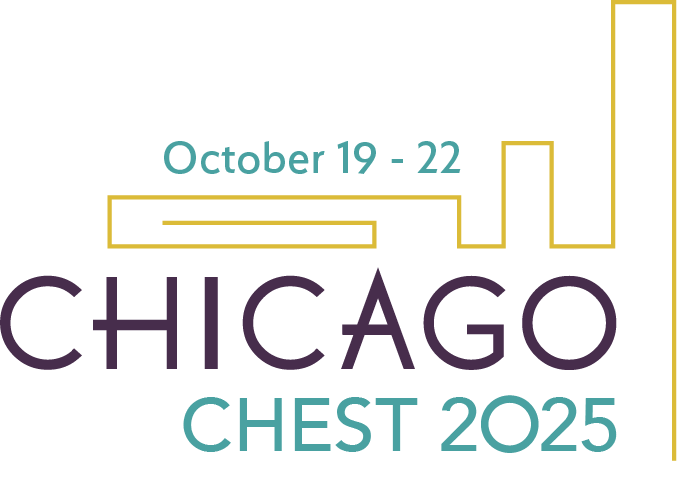Six clinician educators drew upon their experiences to explore the advantages and disadvantages behind three areas of professional educator development during the CHEST 2025 session Controversies in Medical Education: A Pro-Con Debate,on Tuesday, October 21, in Chicago.
Do medical educators need to maintain a clinical area of expertise?
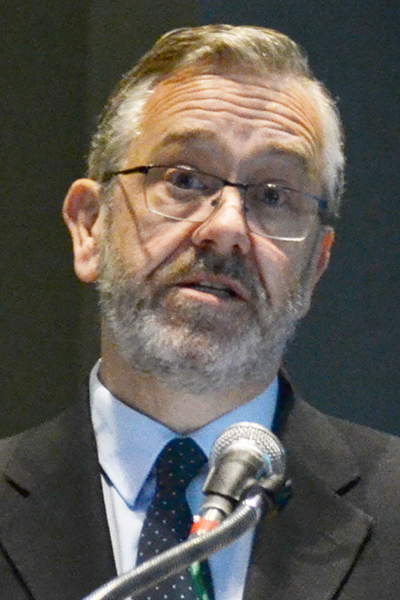
“I believe strongly that my ongoing clinical activity helps me as a clinician educator,” said Session Chair Mark Lavercombe, MBBS, MClinEd, FCCP, Associate Professor of Medical Education at Melbourne Medical School.
Dr. Lavercombe said staying active in clinical practice enables educators to integrate clinical experience into teaching, gives them additional authenticity and credibility, helps them sustain procedural competence, bridges the gap between theory and clinical practice, and enhances professional satisfaction.
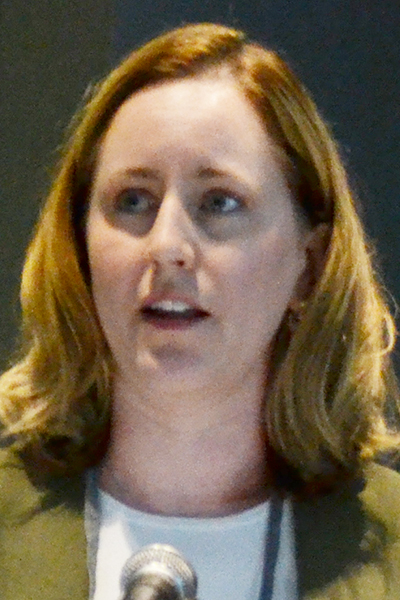
Emily Olson, MD, countered that it is acceptable to be a generalist and pursue medical education as a specialty by itself.
“We’ve identified that the biggest lack in creating good clinician educators is that we don’t have good teachers,” she said. “So we’ve developed clinician educator tracks, fellowships, and master’s degrees that really help build this mastery of being an educator.”
Dr. Olson, Instructor of Medicine at the Mayo Clinic, said educators are realizing that they need to subspecialize within education itself, that skill development takes time, and that there is a high demand for education specialists, especially as the needs of learners evolve.
Do clinician educators require higher education degrees?
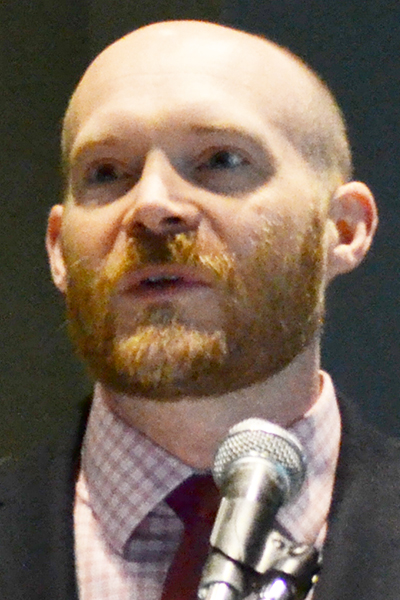
Matthew C. Miles, MD, MEd, FCCP, Associate Professor of Medicine at Wake Forest University, spoke in favor of higher education degrees for medical educators.
“One of the benefits of pursuing a degree is that it positions you to be included in groups when you are working in a larger institution, perhaps as a clinician educator, and leaders are looking for folks to give input to decisions about training and educational curriculum,” he said.
Dr. Miles also noted that the programs offer a defined pathway for acquiring relevant skills, including those that are considered valuable for leadership positions within education.
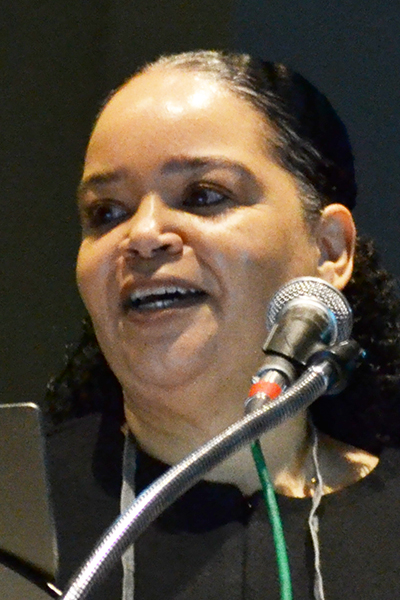
Geneva Tatem, MD, FCCP, Clinical Professor of Medicine at Michigan State University, questioned whether a higher education degree would benefit most clinician educators.
“Obviously, these additional degrees allow you to gain expertise and signal membership within a group. But I think there are other ways to be able to do that without necessarily committing the time or the finances,” she said.
Dr. Tatem highlighted faculty development opportunities through the Accreditation Council for Graduate Medical Education Clinician Educator Journal Club and local GME-sponsored activities, scholarship opportunities such as the Association of American Medical Colleges (AAMC) Medical Education Research Certificate program, and academic leadership development through the Association of Pulmonary and Critical Care Medicine Program Directors.
Are clinician educator promotion pathways sufficient?
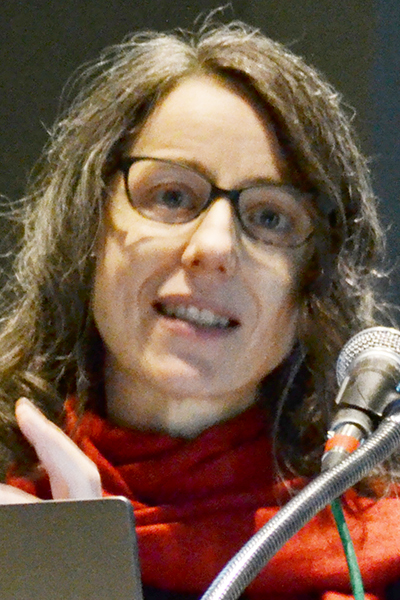
Clinician educator promotion pathways are here and thriving, said Rosemary Adamson, MBBS, Professor of Medicine at the University of Washington.
Dr. Adamson explained that, at her own institution, 33% of promotions were clinician-scholars. She then pointed to data indicating that 51% of US medical schools had a clinician educator promotion pathway in 1986, and this increased to 79% by 2011. More recent data suggests this percentage has gone down, but Dr. Adamson pointed to resources and support listings on medical school websites as evidence of still-thriving clinician educator pathways.
In addition, Dr. Adamson said, “A search for ‘clinician educator’ in PubMed showed that between 1984, when there was one publication, and now there’s really been an upswing.”
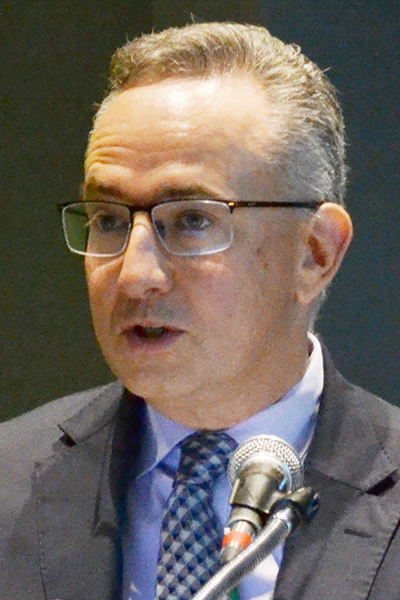
Alexander Niven, MD, FCCP, Professor of Medicine at the Mayo Clinic, said work is still needed to legitimize promotion pathways for clinician educators.
“Despite the fact that our promotion committees have a variety of different criteria for promotion that include both clinical activities, education, and scholarship, traditionally the major areas of emphasis that these committees have placed their decisions on have been on external recognition that’s heavily weighted on publication citations, impact factor, grant funding, and research output,” Dr. Niven said.
In a poll of audience members who identified as clinician educators, 95% said they thought that their promotion opportunities were not as good as those of physician scientists. Dr. Niven presented additional data indicating that less than half of medical schools offer a clinician educator promotion track and that only 2.7% of hospitalists at the top 25 internal medicine residency programs reach full professor. “Looking at the 2025 AAMC Faculty Engagement Survey,” Dr. Niven said, “expanding promotion criteria in faculty tracks was the second leading area of improvement that faculty identified.”

Call for Topics Is Open
Feeling inspired by all the great sessions in Chicago? Help shape the curriculum for CHEST 2026, October 18 to 21 in Phoenix, by submitting topic ideas from areas you’re passionate about, topics affecting your practice, or new technologies you’d like to learn more about. The submission deadline is Tuesday, December 2, at 2 pm CT.


